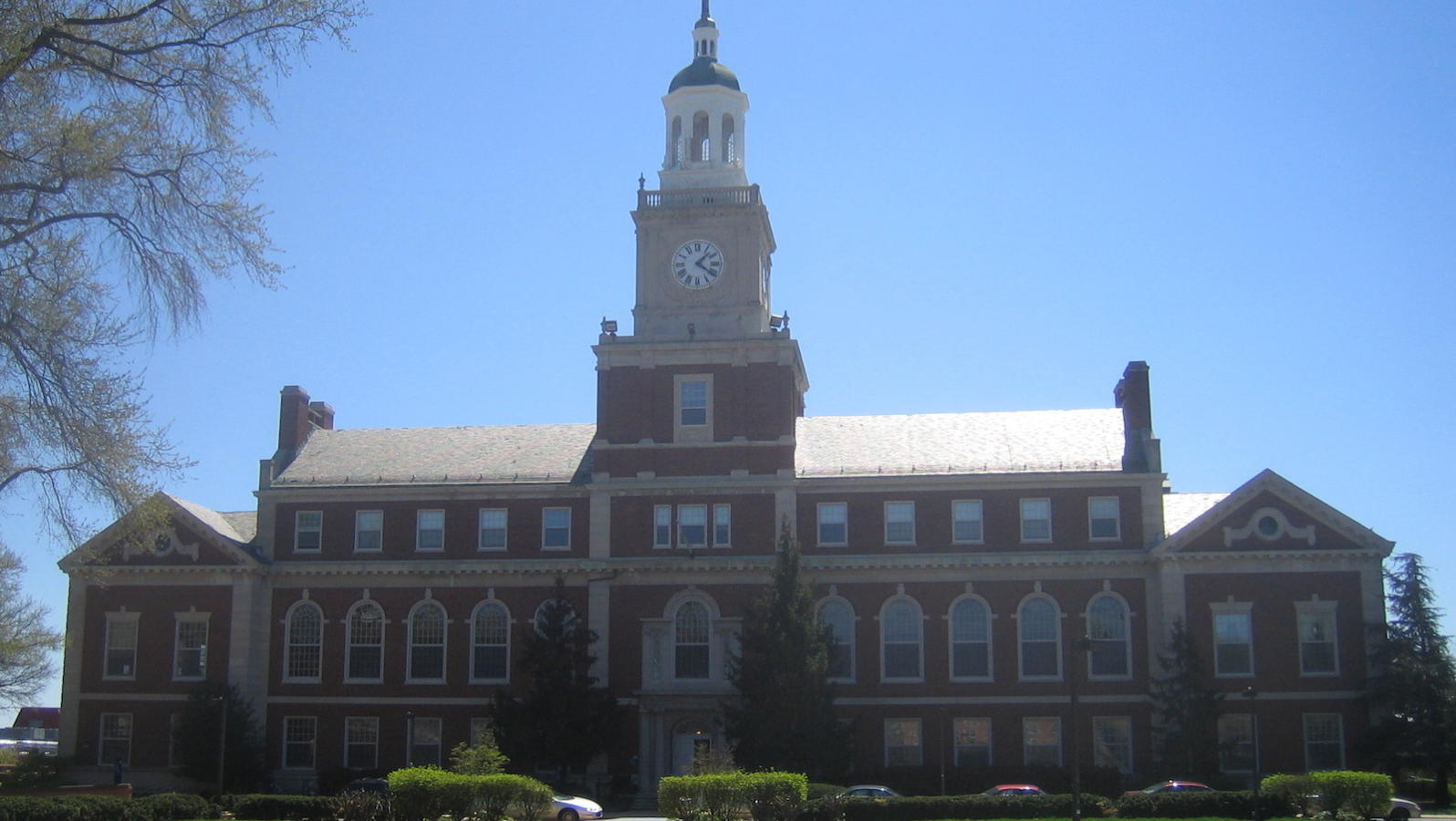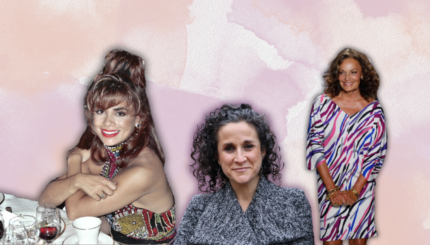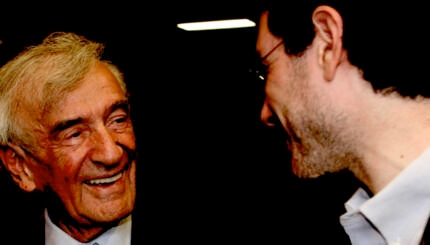John Biggers intended to become a plumber. But when he took a drawing class in 1941 at Hampton Institute, a black college in West Virginia, Biggers’ life changed. He went on to become a renowned artist as well as chair of the art department at Texas State University. Biggers’ art teacher at Hampton, Viktor Lowenfeld, was one of hundreds of Jewish scholars who fled Germany and Austria with the rise of Nazism, and found refuge in the United States. Lowenfeld left Vienna in 1939, and was hired as a psychology professor at Hampton. He also offered art classes there, and these classes elicited such enthusiastic responses that Lowenfeld eventually founded the college’s art department and educated a generation of artists at Hampton and later, at Penn State University.
The unlikely and inspiring encounters between African-American students like Biggers and Jewish refugee professors like Lowenfeld recalls a chapter in black-Jewish relations that is not often told. Gabrielle Simon Edgcomb’s book, From Swastika to Jim Crow: Refugee Scholars at Black Colleges (Krieger, 1993) records the story, as did a PBS documentary of the same name (2000) and, in 2009, an exhibit at New York’s Museum of Jewish Heritage.
Edgcomb’s book counts 53 European Jews who taught at many of the 114 historically black colleges in the American South. The scholars included prominent sociologist Ernst Borinski (Tougaloo College, Mississippi) and political scientist John Herz (Howard University, Washington, DC), both of whom were refugees from Germany. Ten of the scholars were funded by the Emergency Committee in Aid of Displaced Foreign Scholars, but younger and lesser-known academics found jobs on their own.
During their teaching careers, the Jewish refugee professors enhanced the reputations of the colleges and introduced new ideas and influential methodologies that have enriched many fields of study. For example, Lore Rasmussen, a refugee from Germany who became associate professor of elementary education at Talladega College, developed the “Miquon Math” series, a hands-on approach to elementary mathematics based on the belief that mathematical insight grows out of observation, investigation, and the discovery of patterns and relationships. Her method is still widely used and available from Key Press.Many of these refugees’ students rose to notable positions: Dr. Joyce Ladner, a graduate of Tougaloo, became the first female president (interim) of Howard University, and Dr. Joycelyn Elders of Philander Smith, became surgeon General of the United States. Like Ladner, many attributed their success partially to the “profound impact” of their professors.
With your help, My Jewish Learning can provide endless opportunities for learning, connection and discovery.
A Racial Encounter
The meeting of Jewish professors and black students was a unique encounter of two minority groups with first-hand knowledge of persecution. Many of the professors had never before met black people, but often felt a quick kinship with their students. “Racial segregation reminded me a lot of Nazi Germany, except that I wasn’t a victim, the black population was,” said Georg Iggers, a German Jewish refugee who taught history at Philander Smith.
In his unpublished autobiography, On Human Survival: How a World View Emerged, John Herz goes so far as to describe himself becoming “color blind,” explaining that after spending a short time teaching black students in the South, “I didn’t have the impression anymore that there were different people sitting in front of me.”
The students also had little or no prior exposure to Jews, but they understood the cruelty their professors had endured, and viewed Nazism through the lens of the racial evil in segregated America. Paradoxically, however, they felt some resentment toward American policies, sometimes expressing distaste with America for committing itself to fighting Nazism overseas while racism was still institutionalized at home.
Sometimes the Jewish professors and their black students were made aware of the distinctiveness of their own people’s experiences. For example, when Lowenfeld received a letter from the State Department detailing the tragic fate of his family, he said to his student Biggers, with whom he had forged a close relationship: “John, you are segregated. You have to ride on the back of the bus. You can’t drink water in any building. You don’t have toilet facilities. But they are not burning you en masse. They are burning these members of my family and these people did not commit any crime. They were just born, that’s all.”
Years later, Biggers reflected on how this conversation made him understand and the extent of racial prejudice beyond his own experience: “I realized it went beyond black and white. I realized this was one of the truly great tragedies of the human family.”
Jewish Activists for Civil Rights
Inspired by the students they met, and troubled by the segregation they witnessed off campus, many of the professors became involved in the civil rights movement. Borinski, who had been a lawyer and judge in Germany, advised students from behind the scenes on the legal consequences of their activities.
When he held social science forums that were open to the public, he forced integrated seating by directing his students to arrive early and sit in every other seat. The white attendees had no choice but to sit in between the black students. The forums were under police surveillance and subject to Klan intimidation. A 1958 secret report by the Mississippi State Sovereignty Commission labeled Borinski a “race agitator.”
Biggers could have also earned that title. He went undercover with his wife Wilma to investigate conditions at local black and white high schools. Posing as graduate students, they documented their findings of unequal education in a report for the NAACP, and their report was later used in the landmark case of Brown v. Board of Education, which struck down segregation in public schools.
The refugee professors left an imprint on the broad civil rights stage while simultaneously nurturing their individual students. Borinski, who never married, considered Tougaloo his family. When his student Joyce Ladner graduated, he sent her a check for $100, three owls from his personal collection (symbolizing wisdom), and a telegram that read: “I knew you could do it.” Sociologist Donald Cunnigen, also a student of Borinski’s, says “One of the things I got from Borinski is that I could do anything I wanted to do, that I was a student comparable to any other student anywhere.”



